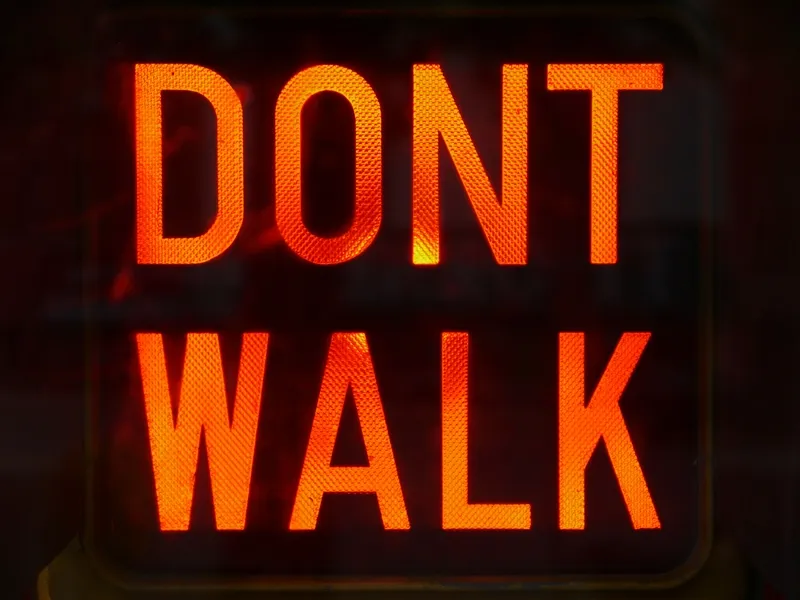LaneAlert 2x, according to Greg Driskell, PPP’s president, is a polyurethane marking that can appear as a standard white or yellow line that changes to red or uses arrows when drivers are going the wrong way.
The
Additionally, PPP has developed directional messages that provide Do Not Enter and Wrong Way alerts.
PPP has stated that more than 20 Department of Transportation agencies have expressed interest in installing the product. Full scale production is expected for the second quarter of this year.
“We love this technology and think it will transform the roadway safety industry. We view the LaneAlert 2x™ as a platform product that has many different applications. Thousands of divided highways, one-way streets, and off-ramps are in need if the LaneAlert 2x pavement markings. It will make our streets safer”, Driskell added.
PPP wins 2018 most innovative product award at ATSSA convention
Professional Pavement Association’s (PPP’s) LaneAlert 2x solution has won the 2018 Most Innovative Product at The American Traffic Safety Services Association’s Annual Convention & Traffic Expo. The platform is designed with the intention of combating wrong way collisions.
LaneAlert 2x, according to Greg Driskell, PPP’s president, is a polyurethane marking that can appear as a standard white or yellow line that changes to red or uses arrows when drivers are going the wrong way.
February 28, 2018
Read time: 2 mins
Professional Pavement Association’s (PPP’s) LaneAlert 2x solution has won the 2018 Most Innovative Product at The 833 American Traffic Safety Services Association’s Annual Convention & Traffic Expo. The platform is designed with the intention of combating wrong way collisions.









